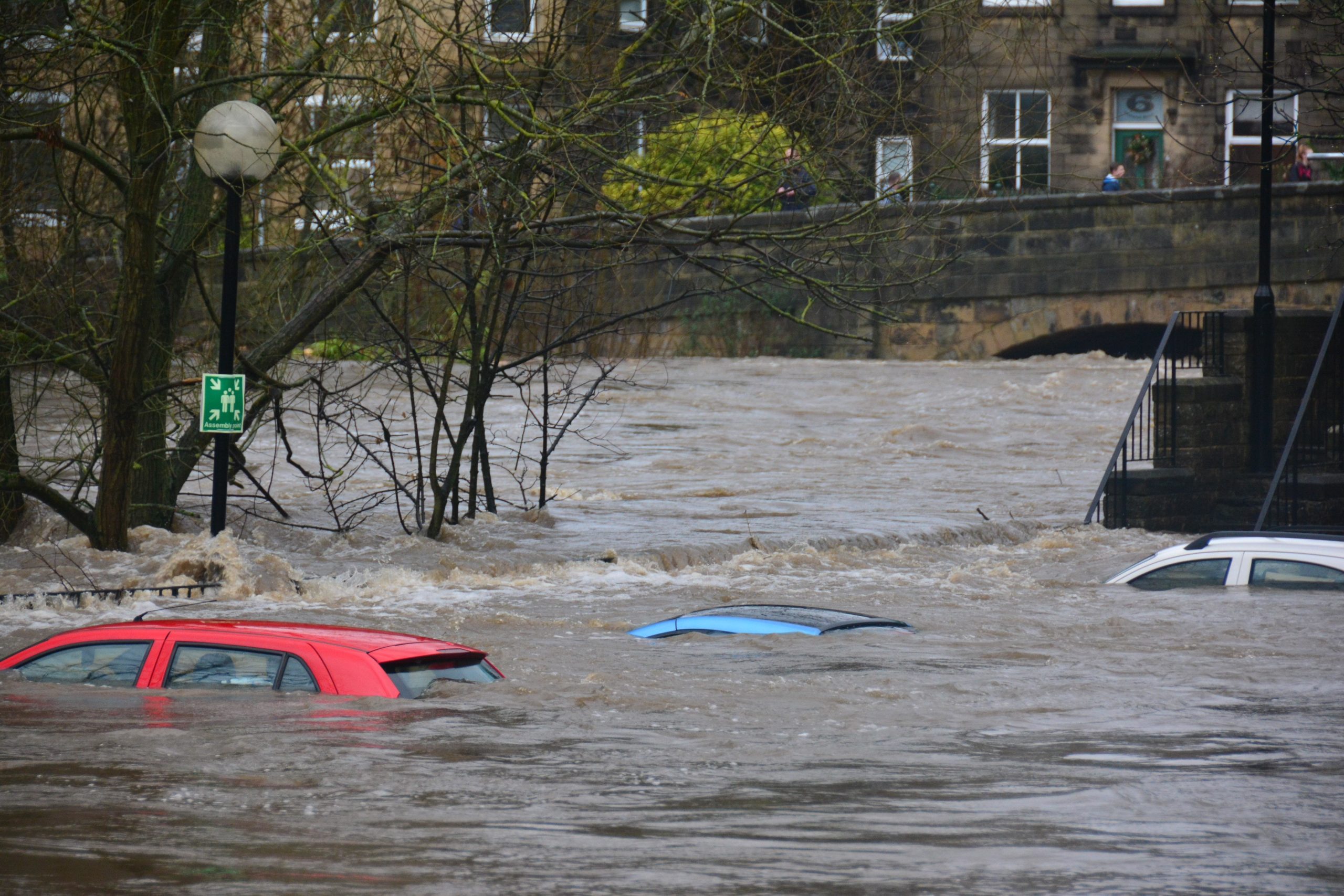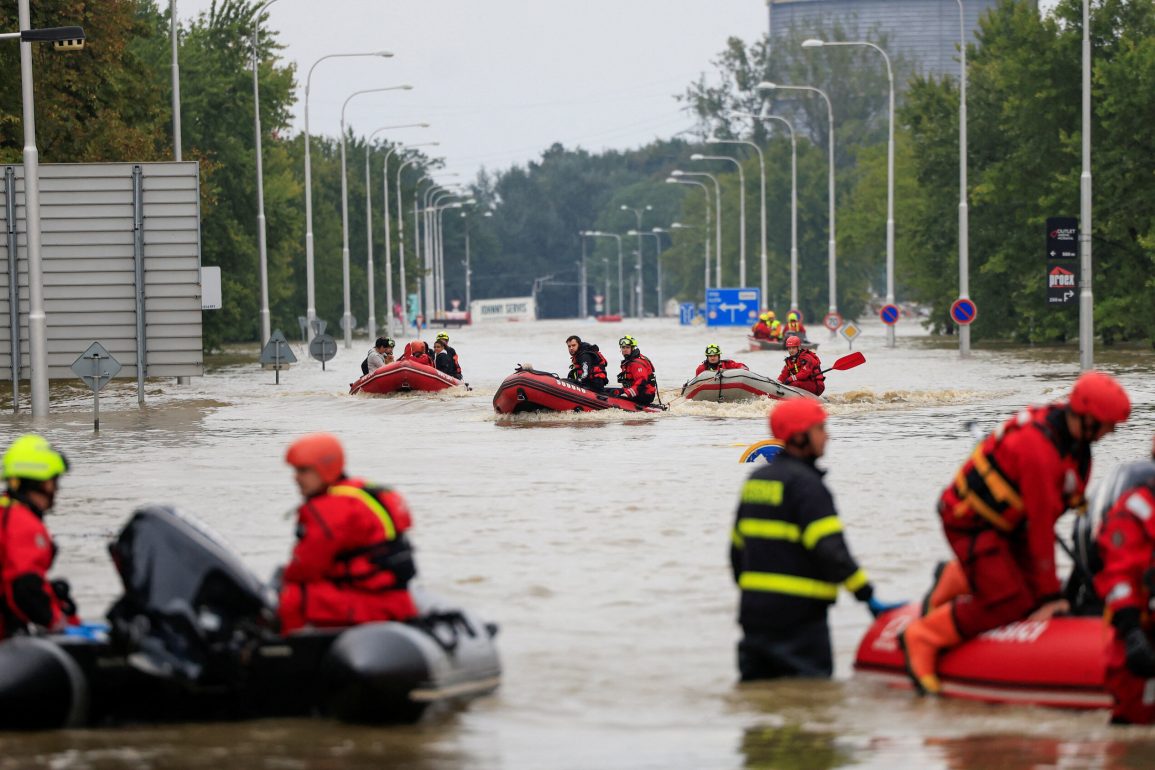This past week witnessed a series of extreme weather events across various parts of the globe. North Carolina was inundated with a historic amount of rainfall, while Central and Eastern Europe experienced some of their worst floods in decades. In Nigeria, relentless rains resulted in unprecedented flooding, further amplifying the devastation.
These disasters, though geographically distant, serve as a stark reminder of the escalating impact of climate change on weather patterns worldwide. As extreme events become more frequent, they highlight the growing vulnerabilities communities face in the era of global warming.
A new study from Norway’s Center for International Climate Research projects that 70% of the world’s population could be exposed to extreme weather within the next 20 years if global temperatures aren’t kept in check.

To mitigate these effects, it’s crucial to limit temperature increases to 1.5 degrees Celsius through aggressive reduction of greenhouse gas emissions. Rising global temperatures not only contribute to the intensity of storms but also lead to heavier rainfall, as warmer air can hold more moisture, resulting in more severe flooding and rainfall events.
The link between this week’s floods and climate change is evident. While each region faced unique conditions, the overarching factor is the warming atmosphere. A hotter atmosphere holds more moisture, which in turn leads to more intense rainfall during storms.
According to climate scientist Daniel Swain, recent storms in North Carolina and Europe were intensified by at least 10-15% due to this effect. This pattern is expected to continue and worsen as global temperatures rise.
This week’s floods underscore a global trend of increasing extreme weather events, as predicted by climate models. In North Carolina, one location received 18 inches of rain in 12 hours, an event classified as a once-in-1,000-year occurrence.
Central Europe saw a storm that delivered months’ worth of rain in just three days, resulting in deadly floods. Nigeria faced a similar catastrophe with widespread flooding following days of torrential rain, causing a dam to burst and displacing hundreds of thousands of people. These incidents reflect how climate change is magnifying the severity of extreme weather worldwide.
Looking ahead, there remains an opportunity to avoid the most catastrophic impacts of climate change if greenhouse gas emissions can be curbed in line with the 2015 Paris Agreement.
The increasing frequency and intensity of these extreme weather events emphasize the urgent need for both emissions reductions and stronger infrastructure to withstand such conditions. Without decisive action, storms like those seen this week will become more common, as warming continues to fuel more extreme and destructive weather.

